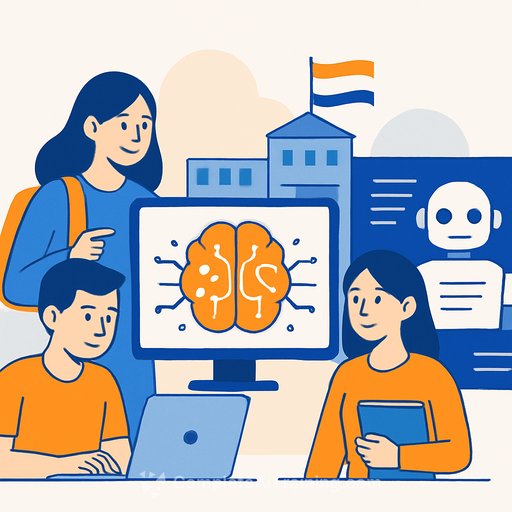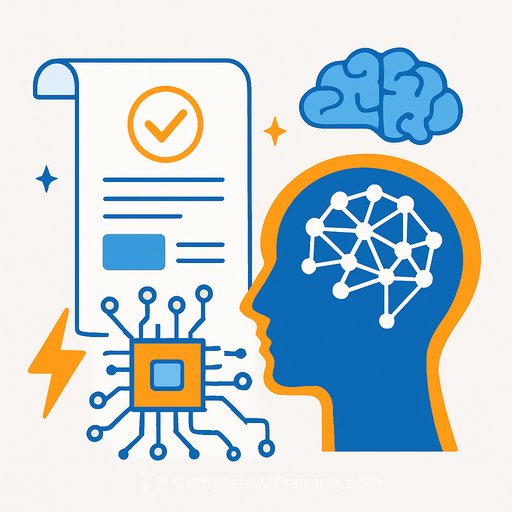Dutch computing students grow more enthusiastic about generative AI the more they use it
A new multi-institution study from Utrecht University surveyed 410 students across 23 Dutch schools-from high schools to universities and universities of applied sciences. One clear pattern stood out: the more students use generative AI, the more positive they feel about it.
60% of respondents use generative AI at least weekly for study-related tasks. The work appears in the Proceedings of the 25th Koli Calling International Conference on Computing Education Research (2025).
How students actually use AI
High school pupils mainly use AI for text-related tasks: translation, summaries, and quick background information. University and applied sciences students lean toward programming: scaffolding solutions, generating code, and debugging.
Sentiment by segment
- High school: nearly 70% view AI positively in their learning process.
- Universities of applied sciences: 57%+ positive.
- Universities: just over 50% positive.
Students say AI helps them code faster and see worked examples that make concepts click. Younger pupils may also be more comfortable with these tools because they grew up with them.
The caution from universities
About half of university students believe generative AI can undermine learning if used uncritically. One concern: AI can "lead you linearly to the answer," which nudges students to rely on a model's problem-solving instead of developing their own.
Lecturers in the study emphasize setting expectations and teaching limits: model fallibility, hallucinations, over-reliance risk, and academic integrity. Without guardrails, students can mistake speed for understanding.
Practical moves for educators and program leads
- Publish clear usage norms: allowed use-cases, attribution, and consequences.
- Teach verification: compare outputs, cite sources, and validate with tests or references.
- Require "show your work": reasoning steps, prompts, diffs, and debugging traces.
- Use AI as a study aid, not a shortcut: code reviews, pair-programming with reflection.
- Blend assessments: in-class coding, oral defenses, and smaller iterative tasks.
- Build detection-proof learning: focus on process, artifacts, and conceptual mastery.
- Offer staff training so policy and pedagogy evolve with tools and student use.
If you're updating staff development or course design, you can browse curated AI learning paths by role and skill at Complete AI Training.
What researchers will watch next
The team plans follow-up work to track how student use changes over time and how it affects learning outcomes. A key goal is to see stronger student awareness that effort-trying, failing, iterating-builds durable skills, and that AI should support (not replace) that effort.
Read the paper: Excited, Skeptical, or Worried? A Multi-Institutional Study of Student Views on Generative AI in Computing Education (Koli Calling 2025).
Your membership also unlocks:










